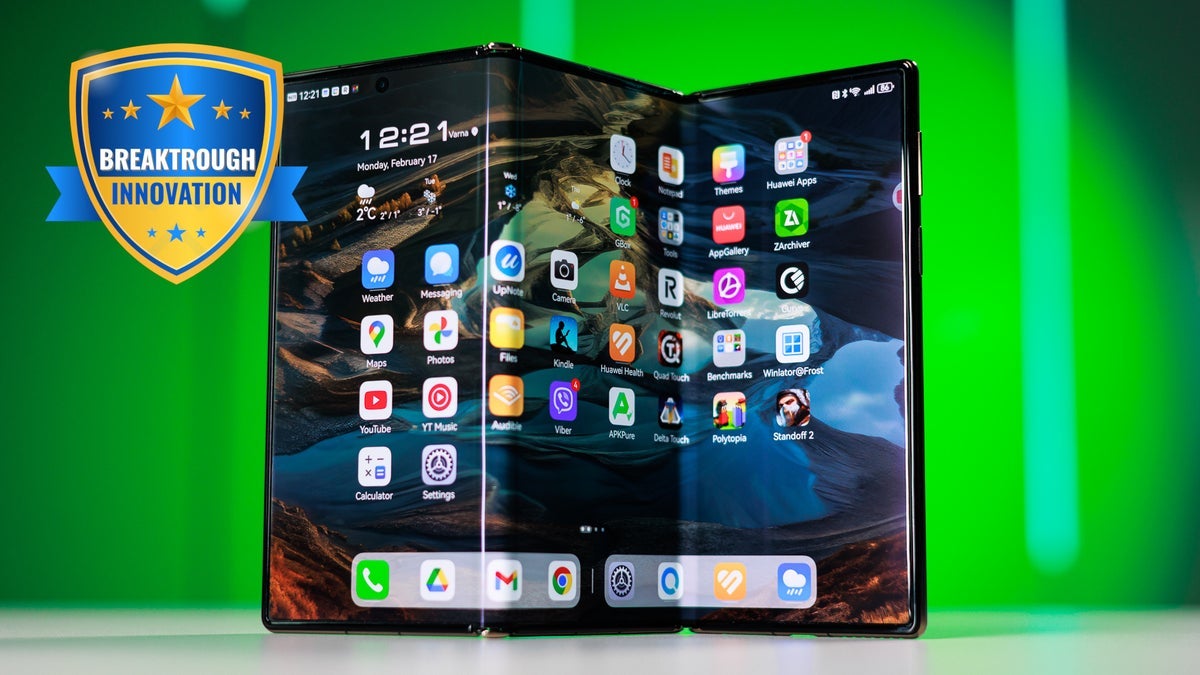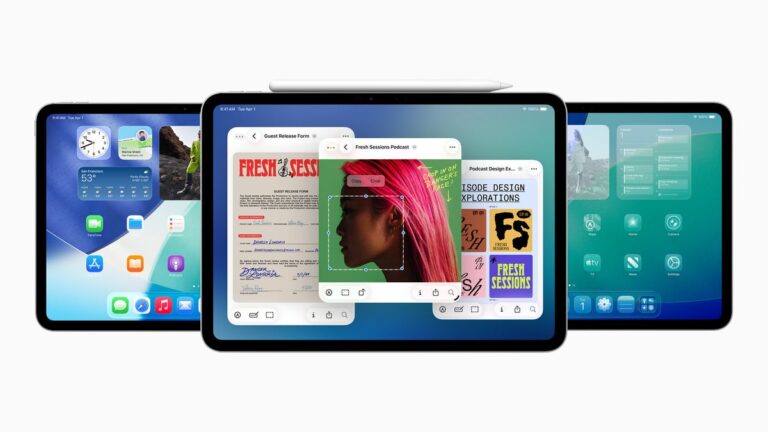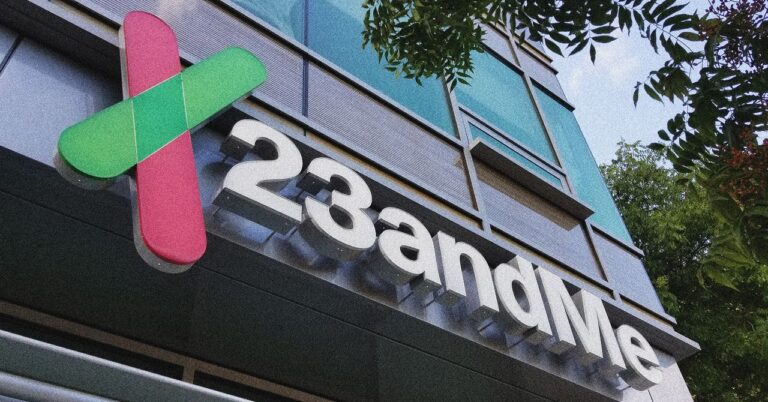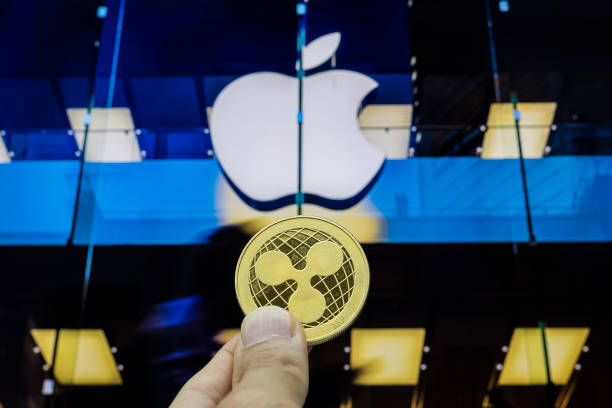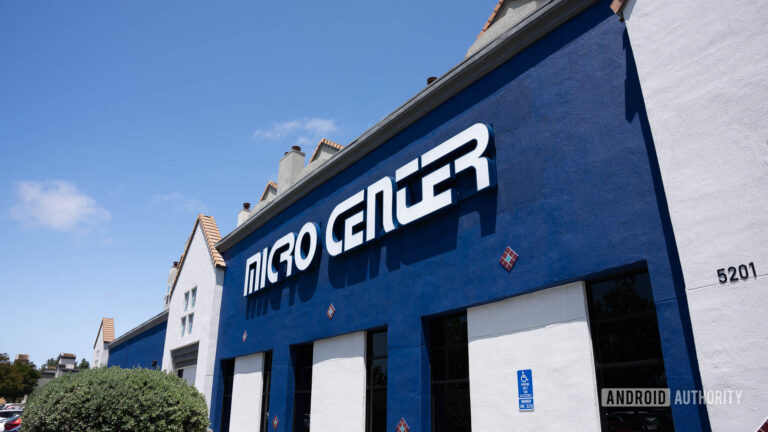The world is not ready for Huawei’s second tri-fold phone, but it’s coming soon
We know that both Apple and Samsung are on a tri-fold concept of their own:
… but so far, neither Sammy nor Cupertino have come up with such an exotic gadget. The Huawei Mate XT remains the only commercially available tri-foldable out there.
The heavily sanctioned (by numerous US administrations) company is now rumored to be preparing a second iteration of the Huawei Mate XT. What’s more, a Weibo (that’s the Chinese alternative to X) tipster claims the next Huawei Mate XT phone will drop come September (so, a bit over two months from now).

Image source – Weibo
While there are no specific hardware or software-related leaks, the tipster (called Smart Pikachu) claims the phone will support satellite connectivity. Also, the next version of the Mate XT (will it be called Mate XT 2?) should offer an upgraded chipset, as well as enhancements on the camera front, but Smart Pikachu doesn’t go in detail about what to expect.
There are some leaks pointing at the possibility that Huawei’s upcoming Mate XT 2 may feature a major upgrade in its display, using advanced ultra-flexible glass (UFG) technology. This same material is used in Samsung’s W25, a premium version of the Galaxy Z Fold 6 available only in China. UFG offers better durability and flexibility than the ultra-thin glass (UTG) found in most foldable phones. It’s also hinted that a Chinese manufacturer may be emerging as a rival to Germany’s Schott, which currently supplies Samsung with its UFG panels.
Remember the original?

Image by PhoneArena
Though thicker and heavier than typical foldables, the original Huawei Mate XT manages to feel comfortable in the hand and transforms into a 10.2-inch tablet with a cinematic 16:11 aspect ratio – ideal for media and productivity. The 3K OLED screen is visually stunning, although limited to a 90 Hz refresh rate, a small compromise likely made for better power efficiency.Performance is solid for everyday tasks and most games, though the in-house Kirin 9010 chip lags behind newer flagship processors, especially in graphics-heavy scenarios. International users may find the lack of native Google Services a drawback, especially those with professional Workspace accounts, although open-source solutions like microG offer partial workarounds for standard Google accounts.
